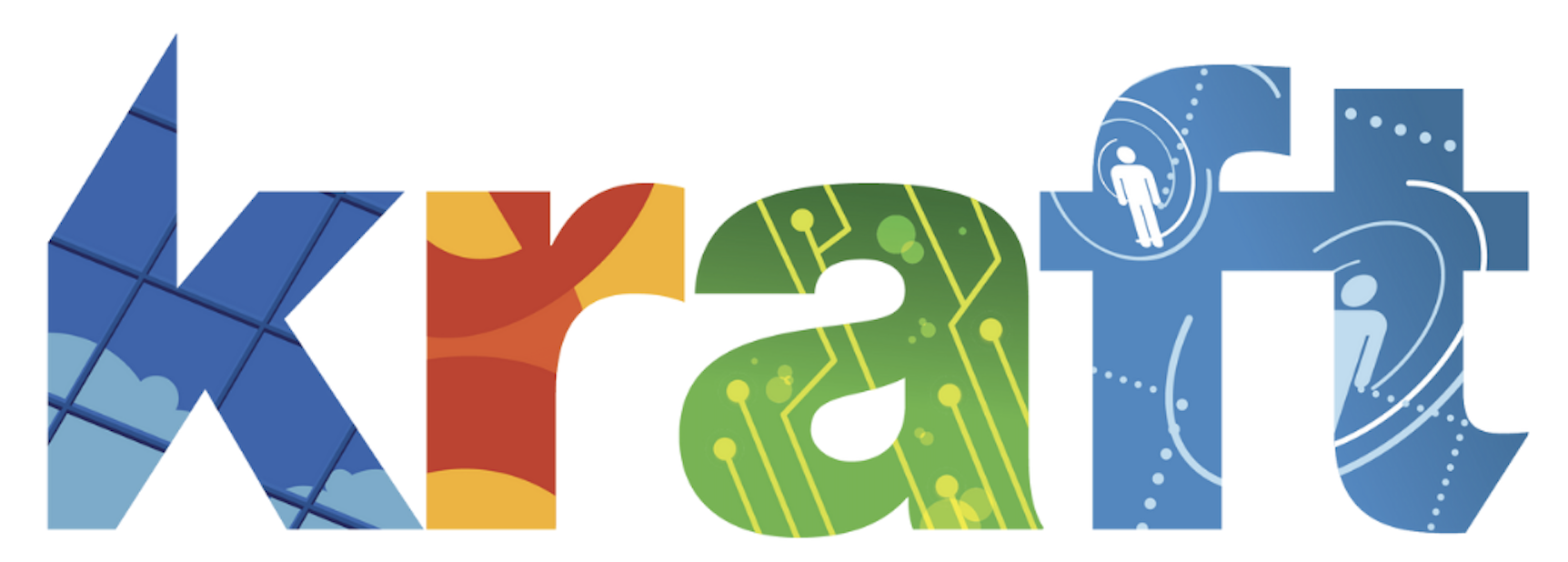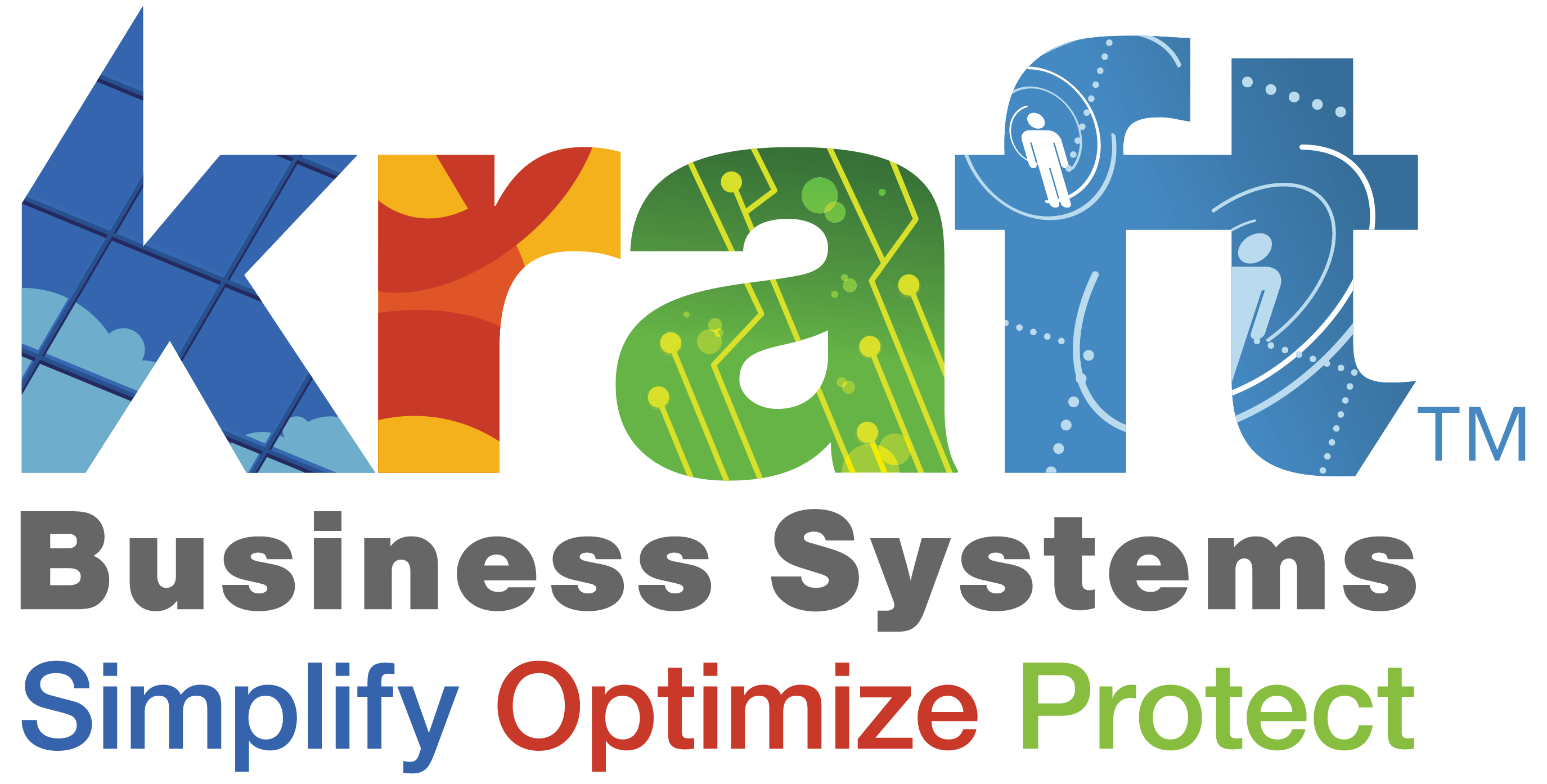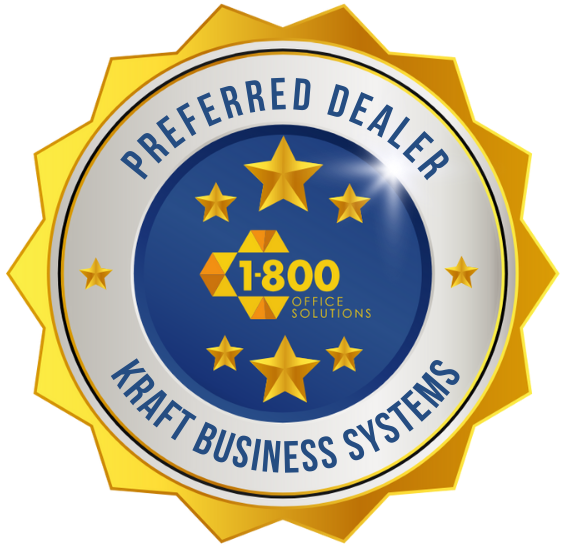Governance risk assessment is the systematic process of identifying, analyzing, and evaluating risks related to an organization’s governance structure, leadership decisions, and oversight mechanisms. This critical business function helps protect your organization from potential governance failures that could impact reputation, operations, and financial health.
For busy business owners seeking quick answers, here’s what you need to know about governance risk assessment:
| Governance Risk Assessment: Key Elements | Description |
|---|---|
| Definition | A structured approach to identify, evaluate, and manage risks related to corporate governance |
| Primary Focus | Board oversight, executive decisions, ethical practices, transparency, stakeholder management |
| Key Differences | Unlike operational or financial risk, governance risk addresses how the organization is directed and controlled |
| Main Components | Risk identification, assessment criteria, control evaluation, monitoring mechanisms |
| Benefits | Improved decision-making, stronger stakeholder confidence, regulatory compliance, ethical culture |
Governance risk assessment differs from other types of risk management because it focuses specifically on how your organization is directed and controlled. As the OCEG (Open Compliance and Ethics Group) notes: “When governance mechanisms aren’t in place, we’ve seen significant breakdowns happen. GRC needs to be integrated across the entity; otherwise, it’s all too easy for risks to develop.”
The stakes are high. According to research, manual GRC processes typically only examine 3-5% of enterprise activity, leaving significant risk undetected. Organizations without proper governance risk assessment face potential operational inefficiencies, legal penalties, and loss of stakeholder confidence.
For mid-sized businesses, governance risk assessment isn’t just a compliance checkbox—it’s a strategic necessity that helps you:
- Build trust with customers and partners
- Make better-informed strategic decisions
- Protect your reputation in the marketplace
- Align leadership actions with company values
- Prevent costly governance failures before they occur
A well-executed governance risk assessment establishes the foundation for organizational success by ensuring your leadership structure, decision-making processes, and oversight mechanisms are robust and resilient.
Basic governance risk assessment vocab:
Governance Risk Assessment Explained
Governance risk assessment is the cornerstone of effective organizational oversight. It’s like having a health check-up for your company’s leadership systems—examining how well your decision-making processes and oversight mechanisms protect everyone’s interests while helping you reach your goals.
Think about it this way: when the International Risk Governance Council talks about “uncertainty about the consequences of activities or events with respect to something humans value,” they’re really saying governance risk is about not knowing how leadership decisions might affect your organization’s performance, reputation, and compliance.
What makes governance risk assessment different from other risk types? While operational risks focus on daily processes, financial risks deal with money matters, and compliance risks tackle regulatory requirements, governance risks specifically target how effectively your leadership team and oversight functions are working.
In recent years, the scope has grown significantly to include Environmental, Social, and Governance (ESG) considerations. As one risk professional puts it, “Downplaying governance within ESG is a mistake even if basic governance models exist.” Today’s assessments need to look at:
- How transparent you are about executive pay
- Whether your board is diverse and independent
- How you engage with stakeholders
- Your approach to ethical business practices
- How you handle data privacy
- Your commitment to sustainability
A solid governance risk assessment typically follows the “three lines model” framework:
- Your operational management team owns and manages risks
- Your risk management functions keep an eye on practices
- Your internal audit team provides independent verification
The OCEG GRC Capability Model offers another helpful framework, showing governance risk assessment as part of an ongoing learn-align-perform-review cycle. This highlights that managing governance risk isn’t a one-time task but a continuous improvement process.
At the heart of any assessment is understanding your risk appetite—how much risk you’re willing to accept while pursuing your goals. As ISO 31000 points out, “Risk-taking is what organizations do—it is part of every decision an organization takes.”
Here at Kraft Business Systems, we help Michigan businesses create clear Governance, Risk, and Compliance Frameworks that make governance risk assessment a natural part of strategic planning.
Why Governance Risk Assessment Differs From Other Risk Reviews
While all risk assessments share some common approaches, governance risk assessment stands apart in several important ways:
Board Accountability
Governance risk assessment puts special focus on your board of directors’ responsibility. Singapore’s Corporate Governance Code states it clearly in Principle 11: “The Board is responsible for the governance of risk.” This responsibility can’t be handed off, even when specific risk management tasks are assigned to committees or executives.
Tone-at-the-Top
Your assessment looks at how well leadership sets the “tone at the top” for ethical behavior, risk culture, and organizational values. As one governance expert notes, “Testing transparency in executive compensation mirrors governance views on pay equity.” We examine whether your leaders practice what they preach.
Strategic Alignment
Unlike operational reviews that focus on efficiency, governance risk assessment examines how well your governance structures support your strategic goals. It asks whether your governance systems help or hinder your ability to achieve your mission.
Broader Stakeholder Lens
Governance risk assessment takes a more comprehensive view of stakeholders. Our research shows that “Governance risk extends beyond traditional board oversight to include external stakeholders such as investors, employees, social pressure and politicians.” This wider perspective recognizes that governance failures can damage relationships with many different groups.
A “bottom-up audit approach can reveal the board’s governance stance through testing of assurance and compliance processes,” giving insights that other risk reviews might miss. This approach helps you understand not just what governance risks exist, but why they exist and how they reflect your leadership priorities.
At Kraft Business Systems, we help organizations across Michigan—from Grand Rapids to Detroit—understand these crucial differences and develop governance risk assessments that address the unique challenges of board-level oversight.
The 4 Pillars of a Robust Assessment Framework
Ever wonder what makes a truly effective governance risk assessment work? Think of it like building a house – you need a solid foundation. In governance risk, that foundation consists of four essential pillars that work together to create a structure that can withstand challenges and protect your organization.
1. Leadership & Culture
The first pillar starts at the top – with your leaders. As the saying goes, the fish rots from the head down, and the same applies to governance. The International Risk Governance Council puts it perfectly: “A truly inclusive and transparent approach is essential for effective risk governance.”
What does strong leadership and culture look like in practice? It’s when your board members don’t just talk about risk management – they live it. It’s seeing executives who clearly communicate what risks the company is willing to take (and which ones it isn’t). It’s fostering an environment where people feel safe raising concerns without fear of retaliation.
Organizations that excel here show what the Governance Institute of Australia calls that crucial “tone at the top” – leaders who walk the walk, not just talk the talk. When employees see executives taking governance seriously, they’re much more likely to follow suit.
2. Structure & Policies
The second pillar gives your governance efforts their backbone – the formal structures that keep everything organized and functioning. Think of this as the blueprint for your governance house.
According to OCEG experts, “GRC today must look across the risk and regulatory landscape to give boards centralized oversight of the most pressing challenges their organizations face.” This means having clear reporting lines so information flows to the right people. It means documenting who’s responsible for what, so nothing falls through the cracks. It means having policies that actually guide decision-making rather than gathering dust on a digital shelf.
One expert described this pillar as “the architecture within which risk management operates in a company.” Without good structure, even the best intentions can lead to confusion and missed risks.
3. Risk Identification & Analysis
The third pillar is where the rubber meets the road – the actual work of finding, understanding, and evaluating governance risks. As one governance professional noted, “The more thorough your assessment, the more valuable it will be.”
This pillar is about having systematic ways to uncover potential governance problems before they become actual problems. It means using consistent criteria to evaluate risks so you can compare apples to apples. It means understanding both how likely a risk is to happen and how bad it would be if it did.
Organizations that excel here don’t just identify obvious risks – they think about how risks interact with each other. They regularly revisit their assessments because they understand that new governance risks can emerge as business conditions change.
4. Monitoring & Assurance
The fourth pillar recognizes that governance risk assessment isn’t a one-and-done activity. It requires ongoing attention and verification. After all, “risks are not static entities—they can emerge, evolve, or dissipate over time.”
This means tracking key risk indicators that can give you early warning signs of brewing problems. It means having independent checks and balances – people who can verify that controls are actually working as intended. It means making sure your board gets regular, meaningful reports about governance risks, not just data dumps.
When monitoring and assurance work well, everyone from employees to investors can feel confident that governance risks are being properly managed, not swept under the rug.
These four pillars align perfectly with respected standards like ISO 31000 and the COSO Enterprise Risk Management Framework. The GRC Capability Model takes things a step further by showing how governance, risk, and compliance activities should work together – not as separate silos.
Here at Kraft Business Systems, we help Michigan organizations build and strengthen these four pillars through our GRC Risk Management services. We work with you to create governance risk frameworks custom to your specific industry and organizational needs – because no two businesses face exactly the same governance challenges.
Governance Risk Assessment and ESG Integration
Remember when environmental, social, and governance (ESG) considerations were just nice-to-have additions to your business strategy? Those days are long gone. Today, ESG has fundamentally changed how we approach governance risk assessment, reflecting a growing understanding that good governance directly impacts long-term success.
Investor Decisions
The investment community has spoken, and they’re looking at governance practices with increasing scrutiny. Our research shows that “Executive compensation transparency contributes directly to improved ESG scores and investor confidence.”
Think about it – investors are using governance metrics as a window into your organization’s soul. They want to know if you’re built to last or just putting on a good show. Strong governance practices attract investment dollars, while governance red flags can send investors running for the hills. It’s that simple.
Executive Compensation Transparency
The days of secretive executive pay packages are fading fast. As one governance expert colorfully puts it, “Transparency in executive compensation ratios serves as a mirror for broader governance fairness (race, gender equity).”
Modern governance risk assessment must examine whether your executive compensation practices pass the smell test. Are you comfortable sharing your CEO-to-average-worker pay ratio? Do your executive bonuses reward long-term thinking or quick wins that might hurt the company later? When stakeholders look at your compensation practices, do they see fairness or favoritism?
Data Privacy
If you think data privacy is just an IT issue, think again. It’s a governance issue through and through. Our research noted that “Big tech executives have been called before the US Congress to explain customer data usage practices” – and they certainly weren’t talking to the IT department.
Your governance risk assessment needs to ask tough questions: Does your board understand how your organization collects and uses data? Who takes the fall if there’s a breach? Are you being straight with customers about what happens to their information? Are you just meeting minimum legal requirements, or are you thinking about the ethical dimensions too?
Sustainability Metrics
Modern boards are expected to oversee sustainability initiatives with the same rigor they apply to financial performance. This means assessing whether your board has the expertise to ask the right questions about sustainability. It means checking if sustainability is treated as a core strategic concern or a public relations exercise. It means verifying that your sustainability reporting reflects reality, not wishful thinking.
Integrating ESG considerations into governance risk assessment requires what one expert describes as a “reframing of governance risk within ESG to include expanded stakeholder influence and a bottom-up audit methodology.” In plain English, that means looking beyond shareholders to consider how your governance affects everyone with a stake in your company’s success – and being willing to hear uncomfortable truths from all levels of the organization.
At Kraft Business Systems, we help organizations throughout Michigan develop governance risk assessments that address these evolving ESG considerations. Whether you’re in Grand Rapids or Detroit, we’ll help you build governance structures that meet modern expectations while making your business more resilient in the face of change.
Step-by-Step Governance Risk Assessment Process
Conducting a thorough governance risk assessment doesn’t have to be overwhelming. Let’s walk through a practical, step-by-step approach that breaks this important process into manageable pieces any organization can follow.
1. Scoping
Every good assessment starts with clear boundaries. Think of this as drawing the map before you begin your journey.
Start by defining exactly which parts of your governance structure you’ll examine. Will you focus on board operations, executive decision-making, or both? Determine the timeframe you’ll cover and which business units or locations will be included.
One governance expert I’ve worked with puts it perfectly: “Define clear goals for GRC implementation. When everyone knows what success looks like, the assessment stays focused and delivers meaningful results.”
2. Stakeholder Mapping
Your governance doesn’t exist in a vacuum—it affects and is affected by numerous groups. Take time to identify everyone with a stake in your governance processes:
From internal stakeholders like your board and executive team to external parties like regulators, investors, customers, and community members—each brings unique perspectives and expectations.
Our research consistently shows that “governance risk assessment extends beyond traditional board oversight to include external stakeholders such as investors, employees, social pressure and politicians.” Understanding these relationships helps you spot risks that might otherwise fly under the radar.
3. Risk Inventory
Now comes the detective work—creating a comprehensive catalog of potential governance risks. This might include issues with board composition, weaknesses in decision-making processes, gaps in transparency, succession planning problems, or ethical vulnerabilities.
A thorough approach examines your operations from multiple angles. Look at processes, systems, past incidents, industry trends, and expert insights to build your risk inventory. The more complete your list, the better protected you’ll be.
4. Scoring
With your risks identified, it’s time to evaluate each one systematically. This isn’t about gut feelings—it’s about applying consistent criteria:
How likely is this risk to occur? What impact would it have if it did? How quickly could it materialize? How does it connect with other risks?
Using historical data and assessment tools helps remove subjectivity from this process. As one client told me after implementing a structured scoring approach: “We stopped arguing about which risks mattered most and started focusing on addressing them.”
5. Control Design
Now examine what safeguards you already have in place. For each significant risk, document your current mitigation strategies and honestly evaluate how well they’re working.
Are there gaps in your controls? Areas where they look good on paper but fail in practice? This step often reveals surprising vulnerabilities, even in otherwise well-run organizations.
“Review and update existing controls to identify gaps and ensure effectiveness,” is advice we give all our clients. Sometimes the simplest improvements yield the biggest risk reductions.
6. Automation
Technology can transform your governance risk assessment from a periodic project to an ongoing strength. Modern GRC tools enable continuous monitoring, automated data collection, real-time alerts, and integrated reporting.
The difference is dramatic: manual processes typically examine only 3-5% of governance activities, while automated solutions can monitor nearly 100% in real-time. That’s not just more efficient—it’s fundamentally more effective.
7. Continuous Improvement
The final step is recognizing that your work is never truly finished. Establish mechanisms for ongoing improvement by scheduling regular reassessments, tracking remediation progress, and incorporating lessons learned.
As one governance expert notes, “Risks are not static entities—they emerge, evolve, and sometimes disappear entirely.” Your assessment process should be equally dynamic.
| Manual Assessment | Automated Assessment |
|---|---|
| Limited sample testing (3-5% of activities) | Comprehensive monitoring (up to 100% of activities) |
| Point-in-time evaluation | Continuous, real-time assessment |
| Labor-intensive data collection | Automated data aggregation |
| Delayed reporting | Real-time dashboards and alerts |
| Siloed risk information | Integrated risk view across the organization |
| Higher potential for human error | Consistent application of assessment criteria |
At Kraft Business Systems, we’ve helped countless Michigan organizations implement efficient GRC Audit Management processes. Our clients appreciate how we streamline their governance risk assessments while actually improving coverage and insights.
Governance Risk Assessment Tools & Frameworks
Having the right tools makes any job easier, and governance risk assessment is no exception. Here are some proven approaches that can strengthen your assessment process:
Three Lines of Defense
This straightforward model clarifies who does what in your risk management efforts:
Your first line—operational managers—owns and manages risks directly. The second line—risk management specialists—provides expertise and monitoring. The third line—internal audit—offers independent verification that everything’s working as intended.
We’ve found this model helps eliminate confusion about responsibilities. As one client told us after implementing it, “For the first time, everyone knows exactly what they’re accountable for in our risk management process.”
GRC Platforms
Remember when we kept customer records on index cards? Technology has transformed that aspect of business, and it’s doing the same for governance risk.
Modern GRC platforms provide centralized risk repositories, automated workflows, policy management, compliance mapping, and real-time reporting. They turn what was once a mountain of spreadsheets and documents into an integrated, accessible system.
This matters because the typical organization has over 200 key internal controls to manage, each requiring significant time to test manually. Good technology dramatically reduces this burden while improving quality.
Continuous Control Monitoring
Why settle for annual check-ups when you can have constant health monitoring? That’s the difference continuous control monitoring makes.
Instead of periodic assessments, you get real-time verification that controls are working, immediate notification of exceptions, and ongoing trend analysis. This approach represents a fundamental improvement in how organizations manage governance risk.
OCEG GRC Capability Model
This comprehensive framework organizes governance risk assessment into four connected activities:
Learn about your context and stakeholder expectations. Align your strategies and controls accordingly. Perform your assessment and management activities. Review performance and make improvements.
Developed with input from hundreds of organizations and specialists, this model provides a proven path for effective governance risk management.
ISO 31000 Risk Management Framework
This international standard offers principles and guidelines that can strengthen your approach to risk. It emphasizes creating value, integrating risk management into everyday processes, and customizing approaches to your specific context.
The standard reminds us that “Risk-taking is what organizations do—it is part of every decision an organization takes.” The goal isn’t to eliminate risk but to manage it intelligently.
At Kraft Business Systems, we help Michigan businesses select and implement the right Governance, Risk, and Compliance (GRC) Software for their specific needs. Whether you’re in Grand Rapids, Detroit, or anywhere in between, we provide solutions that strengthen governance while reducing administrative headaches.
Measuring, Monitoring & Technology Enablement
The heart of an effective governance risk assessment lies in how well you measure and monitor your risks over time. Gone are the days of annual reviews and static reports – today’s successful businesses accept continuous oversight powered by smart technology.
Key Risk Indicators (KRIs)
Think of KRIs as your governance health metrics – they tell you when something might be going wrong before it becomes a crisis.
Board meeting attendance rates often reveal engagement levels at the highest level of your organization. Low attendance can signal disinterest or disconnect. Similarly, tracking policy exception frequencies helps identify which governance rules might need revision – too many exceptions usually means the policy isn’t working as intended.
Whistleblower report volumes provide insights into your speak-up culture, while regulatory finding statistics highlight compliance blind spots. As one expert noted, “Monitor GRC implementation progress and update controls” to stay ahead of emerging issues.
These indicators work like warning lights on your car’s dashboard – they don’t tell you exactly what’s wrong, but they alert you when something needs attention.
Culture Surveys
The written rules only tell half the story. How your team perceives governance matters just as much as your formal policies.
Regular culture surveys reveal whether employees believe leadership acts with integrity, whether they feel comfortable raising concerns, and how well they understand governance expectations. Our research shows that “Testing transparency in executive compensation mirrors governance views on pay equity” – these surveys similarly mirror how well your governance principles translate into daily behaviors.
At Kraft Business Systems, we’ve found that organizations with strong governance typically see high scores on questions about comfort with reporting concerns and clarity of expectations.
Audit Findings
Independent evaluations provide crucial reality checks for your governance systems.
Internal audit observations often catch what management misses, while external audit recommendations bring industry best practices to your attention. Regulatory examinations, third-party assessments, and peer benchmarking all contribute valuable perspectives.
According to our research, a “bottom-up audit approach can reveal the board’s governance stance through testing of assurance and compliance processes.” These findings serve as objective evidence of what’s working and what isn’t in your governance framework.
Technology Enablement
Technology has revolutionized how we monitor governance risks. What once required armies of analysts and months of work can now happen continuously and automatically.
Real-time dashboards give leadership instant visibility into governance metrics, allowing for faster decision-making. Workflow automation streamlines assessment processes, reducing both time and human error. Document management systems centralize governance policies and evidence, making audits less painful.
Perhaps most exciting are the advances in AI/ML analytics that can spot concerning patterns in governance data before humans would notice them.
Research confirms that “integrated technology to unify siloed data and uncover hidden risk connections” is essential for thorough governance risk assessment. Modern tools enable monitoring of virtually all governance activities – a dramatic improvement over the manual approaches that typically sampled just 3-5% of activities.
At Kraft Business Systems, we help Michigan businesses integrate Cybersecurity Risk Assessment with broader governance monitoring. This comprehensive approach protects against both technical vulnerabilities and governance failures.
Governance Risk Assessment KPIs and Metrics
How do you know if your governance risk program is actually working? These key metrics provide the answer:
Coverage Percentage tells you how much of your governance universe you’re actually assessing. While manual processes might only examine 3-5% of governance activities, automated approaches can achieve nearly complete coverage. Higher percentages mean fewer blind spots.
Remediation Cycle-Time measures how quickly you fix problems once found. If governance issues linger unresolved for months, that’s a problem in itself. One expert recommends to “continuously monitor GRC metrics such as incident resolution times” to ensure timely responses.
Policy Exception Rate reveals how often your governance rules are bypassed. A spike in exceptions may signal policies that are impractical or poorly understood. Tracking exception patterns by department can reveal where additional training or policy revisions might be needed.
Board Reporting Cadence evaluates how well governance information flows to your board. As one governance expert notes, “Boards cannot operate properly without having the right information.” This metric tracks both the frequency and quality of governance risk reporting to leadership.
At Kraft Business Systems, we work with organizations across Michigan to develop meaningful metrics that align with their specific governance goals. From Grand Rapids to Detroit, we help businesses move beyond checkbox compliance to truly effective governance risk management.
Conclusion & FAQ
Mastering governance risk assessment isn’t just a compliance exercise—it’s a strategic advantage for forward-thinking organizations. Throughout this guide, we’ve seen how a structured approach to evaluating governance risks delivers tangible benefits: better decision-making, improved stakeholder trust, stronger regulatory compliance, and a more ethical organizational culture.
The governance risk landscape continues to evolve rapidly. ESG considerations, data privacy concerns, and new technologies are reshaping how organizations approach risk oversight. By taking a proactive stance on assessing and managing governance risks, your business positions itself for sustainable growth while building crucial protections against potentially devastating governance failures.
At Kraft Business Systems, we understand the unique governance challenges Michigan businesses face. Our team works alongside organizations from Grand Rapids to Detroit to develop customized governance risk assessment frameworks that address specific industry requirements and organizational needs.
Our Managed Cybersecurity Services work hand-in-hand with governance risk assessment programs, providing comprehensive protection that addresses both technical vulnerabilities and governance-related risks. When you partner with Kraft Business Systems, you gain access to industry-leading expertise and innovative technologies that strengthen your governance oversight capabilities.
Governance risk assessment isn’t a one-time project—it’s an ongoing journey of improvement. The OCEG GRC Capability Model emphasizes this continuous cycle of learning, aligning, performing, and reviewing. This sustained commitment to governance excellence builds the stakeholder trust that ultimately drives business success.
We invite you to reach out to Kraft Business Systems to find how our governance risk assessment services can help your organization build a more resilient, transparent, and effective governance structure.
How often should a governance risk assessment be performed?
A comprehensive governance risk assessment should be conducted annually at minimum to ensure it reflects current business conditions, regulatory requirements, and strategic objectives. However, good governance demands more frequent attention to specific components:
High-priority risks should receive quarterly monitoring attention, while significant organizational changes like mergers, leadership transitions, or new business ventures should trigger targeted reassessments. Emerging risks need evaluation as they appear on the horizon, and control effectiveness should be tested on a rotating schedule throughout the year.
As one expert aptly puts it, “Risks are not static entities—they can emerge, evolve, or dissipate over time.” This dynamic nature makes governance risk assessment a continuous responsibility rather than an annual checkbox exercise.
Who owns the governance risk assessment process?
While the board holds ultimate responsibility for governance risk oversight, effective assessment requires collaboration across multiple organizational levels:
The Board of Directors provides oversight, approves risk appetite statements, and reviews assessment results, while the Audit/Risk Committee typically oversees the assessment process and evaluates findings. Executive Leadership ensures proper resource allocation and organizational support, and the Chief Risk Officer coordinates assessment activities and methodology. Internal Audit delivers independent verification and testing, while Business Unit Leaders contribute operational insights and implement controls.
Singapore’s Corporate Governance Code states it clearly: “The Board is responsible for the governance of risk.” However, successful execution requires clearly defined roles and responsibilities throughout the organization, with each participant understanding their contribution to the larger governance picture.
What are the biggest challenges in governance risk assessment?
Organizations implementing governance risk assessment programs commonly face several significant problems:
Cultural resistance often tops the list, as many organizations struggle to foster an environment that truly values transparency and proactive risk identification. When leaders don’t personally model these behaviors, the assessment process faces an uphill battle.
Information silos create another major obstacle, with governance information typically scattered across disparate systems and departments. Without proper integration, comprehensive assessment becomes nearly impossible. As research shows, “A lack of automation in GRC can lead to inefficiencies, human error, and difficulty locating required documentation.”
The constantly evolving regulatory landscape presents an ongoing challenge, requiring organizations to continuously update their assessment criteria to reflect new requirements and stakeholder expectations. Meanwhile, quantifying governance risks proves difficult compared to financial risks, leading to inconsistent evaluation approaches and difficulty developing meaningful metrics.
Finally, resource constraints affect many organizations, particularly smaller businesses that may lack dedicated expertise for governance risk functions.
At Kraft Business Systems, we help Michigan organizations overcome these challenges through custom solutions that match their specific circumstances and resources. Our approach builds momentum through early successes, creating a foundation for long-term governance excellence.









